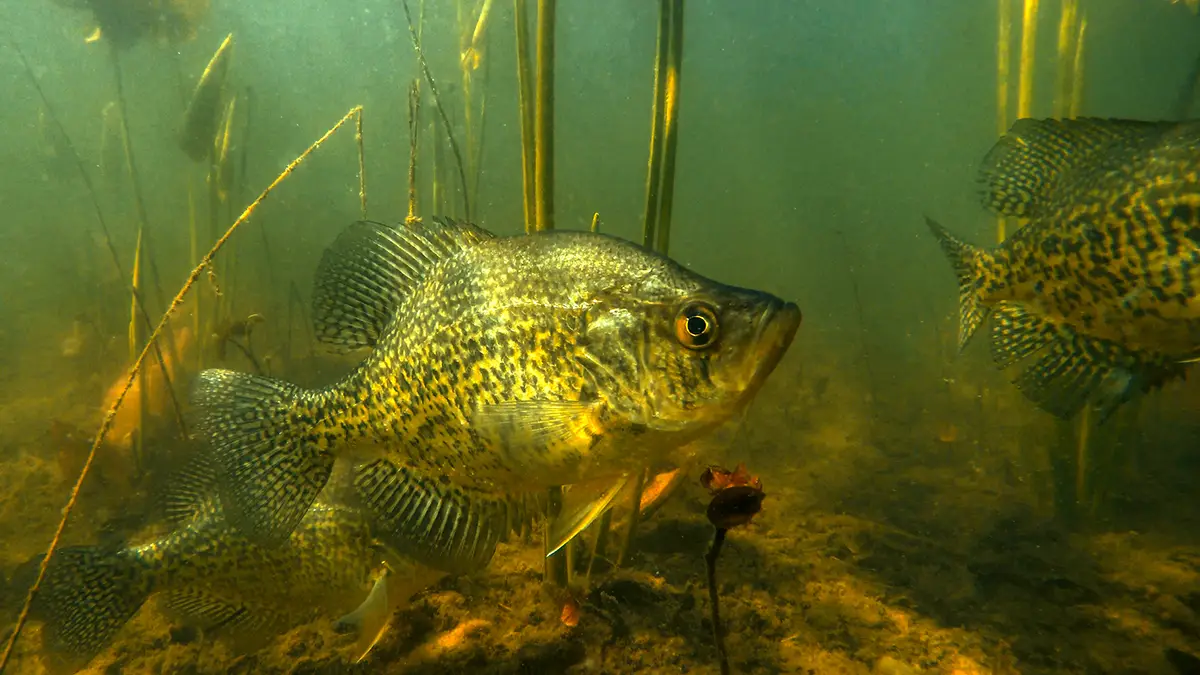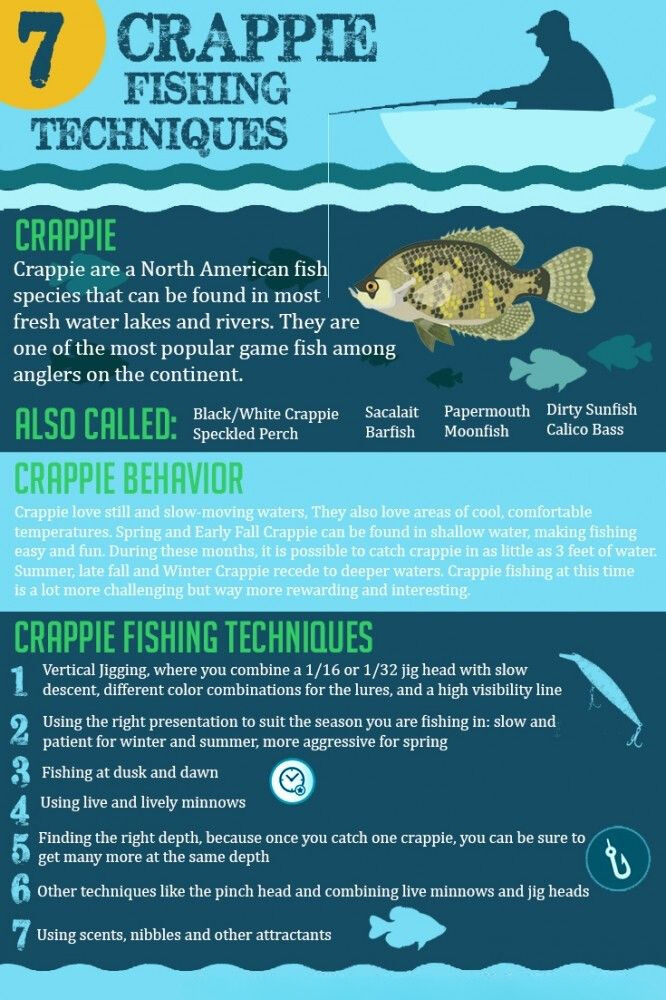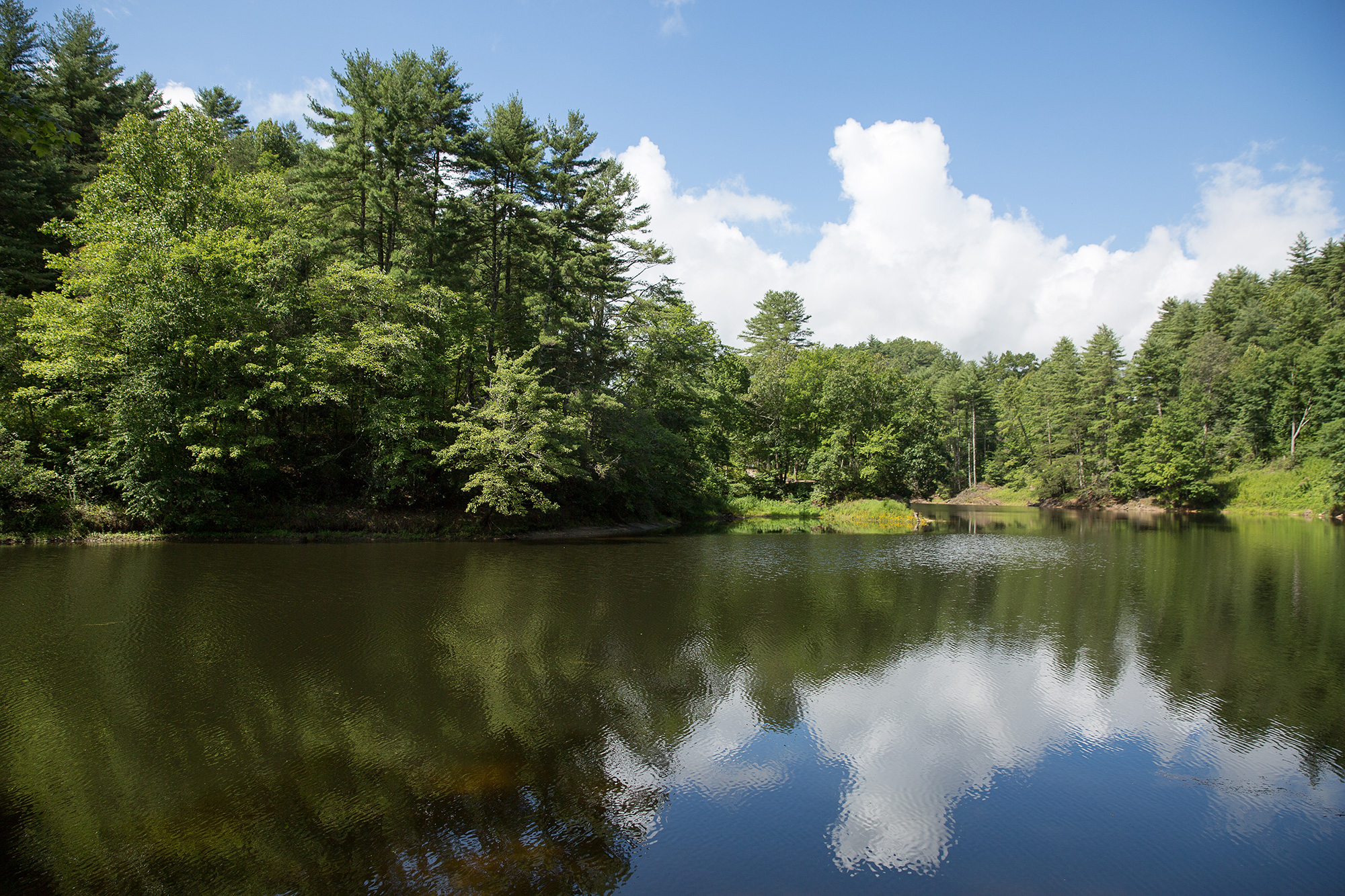Crappie, known for their delicious taste and spirited fight, are one of the most popular freshwater fish for anglers in the United States. This article provides comprehensive tips on fishing for crappie, focusing on the best techniques, equipment, and strategies to help you land more of these prized fish.
Decoding the Crappie: A Behavioral Blueprint
Crappie are schooling fish, meaning they travel and feed together in large groups. Understanding their seasonal movements and preferred habitats is key to locating them:
- Seasonal Shifts:
- Spring: Spring paints the aquatic landscape with vibrant colors, and crappie enter their spawning season. They move to shallow waters near structures like sunken trees, brush piles, and submerged vegetation to lay their eggs. This period presents a prime opportunity to target them with jigs and minnows fished near cover.
- Summer: As the summer sun reigns supreme, water temperatures soar, and crappie retreat to cooler, deeper waters. Look for them near drop-offs, ledges, and deeper weed beds. Vertical jigging with small jigs or slow trolling with minnows are effective techniques during this time.
- Fall: With a crisp autumn chill in the air, crappie return to shallower waters to feed before winter. They actively patrol areas with vegetation and fallen logs, searching for baitfish. Small crankbaits, spinnerbaits, and soft plastics can be highly productive during this feeding frenzy.

-
- Winter: Winter presents a unique challenge for crappie anglers. These fish remain active but move to the deepest parts of the lake or reservoir. Ice fishing techniques with tiny jigs and live bait fished near the bottom become the most successful approach during these colder months.
- Habitat Preferences: Crappie are masters of ambush, preferring areas with cover that provides them with a tactical advantage. They gravitate towards submerged structures like sunken trees, brush piles, docks, weed beds, and lily pads. These areas offer both shelter and prime locations to launch surprise attacks on unsuspecting prey. Additionally, crappie are light-sensitive, so they often position themselves near cover to avoid the glare of the sun.
The Right Tools for the Job: Gearing Up for Crappie Success
Choosing the right equipment is paramount to maximizing your crappie fishing success. Here’s a breakdown of the essential components:
- Rods:
- Power: Light to medium-light power rods provide the necessary sensitivity to feel the subtle nibbles of crappie.
- Action: Fast action rods offer quicker hooksets, crucial for effectively catching these light-mouthed fish.
- Length: A rod between 6 to 7 feet offers a good balance of casting accuracy and control for most crappie fishing situations.
- Reels:
- Spinning Reels: Spinning reels are the preferred choice for crappie fishing due to their ease of use and versatility. Choose a reel with a smooth drag system and sufficient line capacity to handle light lines and spirited crappie runs.
- Lines:
- Monofilament: A good option for beginners due to its affordability, stretch, and ease of handling. Use 2-6 lb test line for most crappie fishing situations.
- Fluorocarbon: Nearly invisible underwater, fluorocarbon offers superior sensitivity and abrasion resistance. It’s ideal for clear water conditions or when fishing around heavy cover.
- Lures and Baits:
- Jigs: Jigs are the undisputed king of crappie lures. They come in various sizes (1/32 to 1/8 oz), colors, and head styles. Experiment with different jig types to match water clarity and crappie activity.
- Minnows: Live minnows remain a highly effective bait for crappie, especially when used with a slip bobber to suspend them at the desired depth.
- Soft Plastics: Small soft plastics like grubs, tubes, and swimbaits can be highly effective, mimicking the movement of minnows and enticing crappie to strike.
- Spinners and Crankbaits: Small inline spinners and crankbaits can be effective for covering water quickly and locating active schools of crappie, particularly in murky water conditions.
Mastering the Art of Presentation: Techniques for Every Season
Effective crappie fishing goes beyond simply casting a lure. Presentation and retrieval techniques are crucial for enticing bites:
Casting and Retrieving:
- Vertical Jigging: A highly effective technique for deeper water and around structures. Simply drop your jig vertically and slowly lift and lower it with a jigging rod, keeping the bait in the strike zone for crappie to investigate. Experiment with different jigging cadences, including short hops, erratic darts, and pauses, to trigger bites.
- Casting and Retrieving: Cast your lure near cover and retrieve it slowly with a gentle side-to-side wobble or occasional twitches. This mimics the natural movement of a baitfish and entices curious crappie.
- Slow Trolling: This technique allows you to cover a lot of water and locate schools of crappie. Use multiple rods with different baits or lures at varying depths to increase your chances of success. Troll at a slow and steady speed, keeping your baits in the strike zone for longer periods.
- Spider Rigging: A popular technique for crappie fishing from a stationary position. This involves using multiple rods (typically 6-10) rigged with jigs or minnows at different depths, spreading them out behind your boat. This allows you to cover a wide area and target crappie at various depths.

Fishing Different Depths
Understanding how crappie utilize different water depths throughout the year is vital for success:
- Shallow Water: During spring and fall, target areas with abundant vegetation, lily pads, stumps, and other structures in shallow water (around 3-6 feet deep). Vertical jigging, casting, and retrieving small jigs, minnows, or soft plastics are effective techniques in these areas.
- Mid-Depths: As summer arrives and water temperatures rise, crappie move to cooler, deeper water (around 10-15 feet deep) near drop-offs, ledges, and deeper weed beds. Utilize vertical jigging with small jigs or slow trolling with minnows or crankbaits to target crappie in these locations.
- Deep Water: Winter brings the challenge of locating crappie in the deepest parts of the lake or reservoir (often exceeding 20 feet deep). Ice fishing techniques with tiny jigs and live bait fished near the bottom are most productive during these cold months.
Adapting to the Elements: A Dynamic Approach
Understanding how external factors influence crappie behavior is crucial for consistent success:
- Weather: Overcast days and periods of low light are generally the best times to fish for crappie as they become more active and less wary in these conditions. Windy conditions can also stir up the water, triggering feeding activity. Be observant and adjust your techniques accordingly.
- Water Clarity: In clear water, opt for natural-colored lures that blend seamlessly with the environment. In murky water, brighter colored lures or lures that create vibrations can be more effective in attracting crappie.

Beyond the Gear: The Unspoken Strategies
While equipment and technique are crucial aspects of crappie fishing, there are additional factors that contribute to success:
- Using Electronics: Fish finders and sonar can be invaluable tools for locating schools of crappie and identifying underwater structures that might hold them. Utilize these tools to target specific areas and improve your fishing efficiency.
- Staying Mobile: Crappie can be finicky feeders, so don’t be afraid to move around and try different spots until you locate active fish. Keep an eye out for baitfish activity and areas with promising cover, as these are likely spots where crappie might be feeding.
- Matching the Hatch: Pay close attention to the size and color of the baitfish in the area you’re fishing. Choosing lures that closely resemble their natural prey can significantly improve your chances of enticing bites.
- Maintaining Your Gear: Regularly inspect your line for nicks and abrasions. Clean and lubricate your reels to ensure smooth operation. Store your equipment properly to prevent damage and ensure it’s ready for your next crappie fishing adventure.

Robert Smith is the proud owner of Bait Barrels and Bows, a premier fishing sports store established in 1989. With over three decades of experience in the industry, Robert has honed his skills to become an expert angler, sharing his vast knowledge and passion for fishing with enthusiasts around the world. Through his store and writings, Robert provides invaluable tips and guidance, helping both novice and seasoned anglers improve their techniques and enjoy the sport to its fullest. His commitment to the fishing community is evident in his dedication to quality products and excellent customer service.

